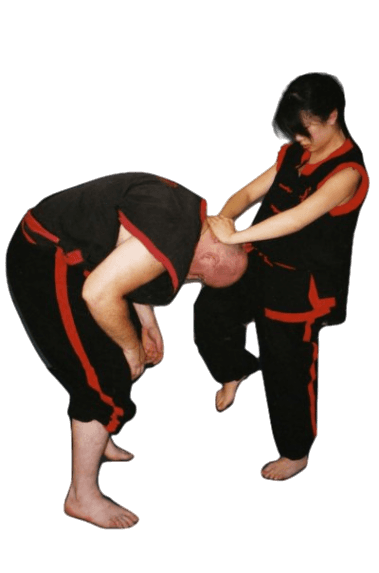Advanced Wing Chun Techniques: Applying the Basic Principles in Realistic Fighting Scenarios
By Maurice Novoa a master under the Yuen Kay Shan, Ip Man and Pan Nam lineages.
Introduction
Wing Chun, a martial art renowned for its practicality and efficiency, offers a range of advanced techniques that build upon its fundamental principles. In this article, we will explore how Wing Chun practitioners can apply the basic principles to navigate realistic fighting scenarios. By mastering these advanced techniques, practitioners can enhance their effectiveness in real-life combat situations.
Applying the Basic Principles
Centerline Attacks and Defenses
The centerline theory, a fundamental principle in Wing Chun, remains a crucial aspect in advanced techniques. In realistic fighting scenarios, practitioners focus on targeting their opponent’s centerline with precise attacks while simultaneously defending their own centerline. By controlling the centerline, practitioners can dominate the fight and effectively neutralize their opponent’s attacks.
Chain Punching: Rapid and Continuous Strikes
Chain punching is an advanced technique in Wing Chun that involves delivering rapid and continuous strikes. By employing proper body mechanics, practitioners can generate speed and power in their punches, maintaining a constant barrage of attacks. The fluidity and speed of chain punching overwhelm opponents, leaving them little time to react or counterattack.
Intercepting and Controlling Techniques
In realistic fighting scenarios, intercepting and controlling techniques are invaluable. Wing Chun practitioners excel at intercepting an opponent’s attacks, disrupting their momentum, and gaining control of the situation. Techniques such as Pak Sao (slapping hand), Jut Sao (jerking hand), and Lap Sao (pulling hand) allow practitioners to redirect and manipulate their opponent’s movements, creating opportunities for counterattacks.
Close-Range Trapping and Sensitivity
Close-range trapping and sensitivity are advanced aspects of Wing Chun that involve intricate hand techniques and tactile awareness. Practitioners develop sensitivity to their opponent’s movements and utilize techniques like Chi Sao (sticky hands) to maintain constant contact and control. Trapping techniques, such as Bong Sao (wing arm) and Huen Sao (circling hand), enable practitioners to immobilize an opponent’s arms, creating openings for devastating strikes.
Advanced Techniques for Realistic Combat
Multiple Opponent Strategies
In realistic combat scenarios involving multiple opponents, Wing Chun practitioners employ strategic techniques to neutralize threats effectively. This includes utilizing footwork to position themselves advantageously, maintaining constant movement to avoid being surrounded, and utilizing simultaneous defense and attack to quickly dispatch opponents. Awareness, adaptability, and efficient techniques are key to effectively dealing with multiple opponents.
Ground Fighting: Adaptation and Techniques
While Wing Chun is primarily a stand-up martial art, practitioners are trained to adapt their skills to ground fighting situations if necessary. Advanced techniques emphasize maintaining control, utilizing leverage, and applying joint locks and submissions on the ground. By employing their understanding of body mechanics and leverage, practitioners can effectively neutralize opponents in ground fighting scenarios.
Incorporating Weapons in Wing Chun
Wing Chun also includes weapon techniques for advanced practitioners. Weapons like the butterfly swords (Baat Jaam Dao) and the long pole (Luk Dim Boon Kwun) further enhance the effectiveness of techniques. Advanced students learn weapon forms and drills to develop coordination, accuracy, and adaptability. The integration of weapons adds another layer of versatility and combative skills.
Using Environment and Body Mechanics
Advanced Wing Chun practitioners utilize the environment and body mechanics to their advantage. They adapt their techniques based on the surroundings, utilizing walls, obstacles, or objects as leverage points or defensive barriers. By harnessing the principles of body mechanics, such as angles, timing, and proper weight transfer, practitioners maximize the power and efficiency of their techniques in any situation.
Conclusion
Advanced Wing Chun techniques build upon the fundamental principles of the art, allowing practitioners to excel in realistic fighting scenarios. By applying the principles of centerline attacks and defenses, chain punching, intercepting and controlling techniques, close-range trapping and sensitivity, and by incorporating strategies for multiple opponents, ground fighting, weapons, and environmental adaptation, Wing Chun practitioners can effectively navigate real-life combat situations.

